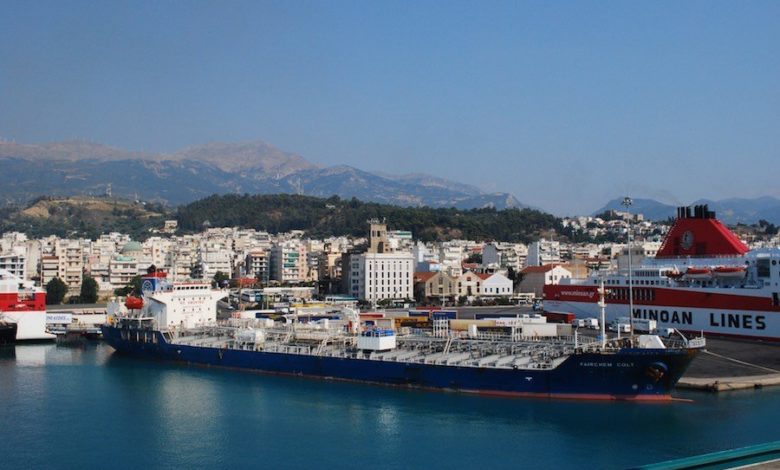Mediterranean ECA moves a step closer

A new study to assess the benefits, costs and feasibility of implementing an emission control area (ECA) to limit sulphur oxides (SOx) from ships in the Mediterranean Sea will consider, among other things, the potential health benefits for people living around the Mediterranean as well as cost implications for shipowners.
The IMO Regional Marine Pollution Emergency Response Centre for the Mediterranean Sea, REMPEC, is coordinating the technical and feasibility study to examine the possibility of designating the Mediterranean Sea, or parts of it, as a SOx-ECA under IMO’s prevention of pollution convention (MARPOL) Annex VI.
There are currently four designated SOx-ECAs worldwide: the Baltic Sea area; the North Sea area; the North American area (covering designated coastal areas off the United States and Canada); and the United States Caribbean Sea area (around Puerto Rico and the United States Virgin Islands). In the ECAs, the limit for sulphur in fuel oil used on board ships is 0.10% mass by mass (m/m), while outside these areas the limit is currently 3.5% m/m, falling to 0.50% m/m from 1 January 2020.
An international consortium led by Energy & Environmental Research Associates (EERA) signed in June the contract with REMPEC to carry out the study, to be finalised by spring 2019. Funding for the study, which REMPEC will present to IMO’s Marine Environment Protection committee (MEPC), comes from the Mediterranean Trust Fund, the IMO’s Integrated Technical Cooperation Programme and a voluntary contribution from the government of Italy.
